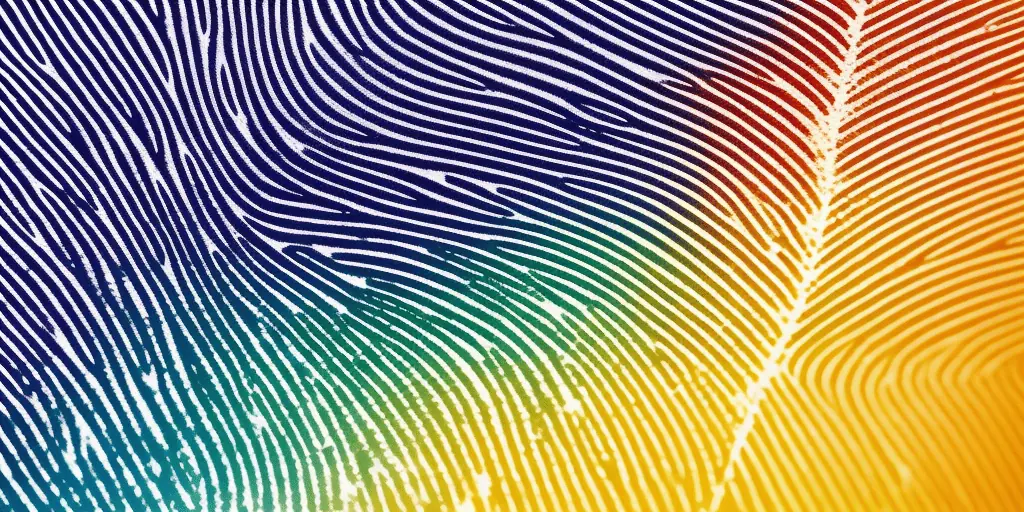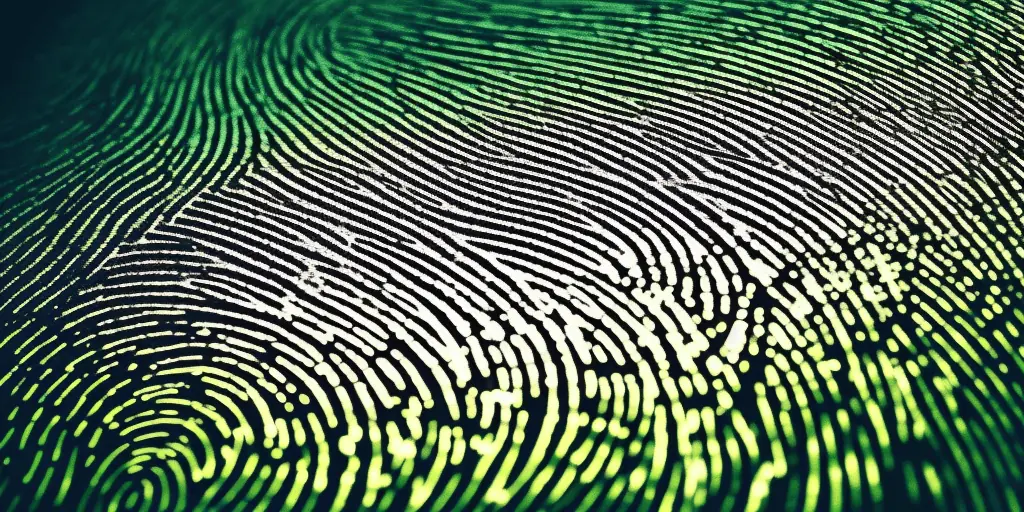Fingerprints are unique patterns found on the skin’s surface, particularly on the skin of our fingertips. These patterns, made up of ridges and valleys, are used to identify individuals and have been used for forensic purposes for centuries. While fingerprints are generally believed to be permanent, there is an ongoing debate about whether they can actually grow back.
The Science of Fingerprints
What are fingerprints?
Fingerprints are the distinct patterns formed by the ridges and valleys on the skin’s surface, specifically on the fingertips and palms of our hands. These unique patterns are formed during fetal development and remain relatively constant throughout a person’s lifetime.
How are fingerprints formed?
Fingerprints are formed when the skin on our fingertips grows at a faster rate than the underlying tissue, creating ridges and valleys. The ridges are arranged in various patterns known as loops, whorls, and arches, which are unique to each individual.
Regeneration of Fingerprints – Can Fingerprints Grow Back?
Can fingerprints regenerate?
Contrary to popular belief, fingerprints cannot actually regenerate. Once a fingerprint is formed, it remains the same unless it is altered by external factors such as injury or disease.
For example, if heat or chemical sources have burned a fingertip, it will develop scarring issue – Here’s an image on the FBI website showing an example of this.
How long does it take for fingerprints to regenerate?
Since fingerprints cannot grow back naturally, there is no specific timeline for their regeneration. In cases where the skin is minorly damaged, it may take several weeks or months for the skin to fully heal and for a new layer of skin to develop.
Fingerprint Changes over Time
Do fingerprints change as you grow older?
While it is rare for fingerprints to change significantly over time, there are instances where certain factors can cause slight alterations in their patterns. As we age, our skin loses elasticity and becomes thinner, which can result in minor changes to the fingerprint pattern.
What causes changes in fingerprints?
Changes in fingerprints can be attributed to a variety of factors, including aging, scarring, skin conditions, and certain medical conditions. In some cases, fingerprint patterns may become less distinct or even disappear entirely.

Myths about Fingerprints
Can fingerprints change if burned?
While extreme heat can cause damage to the skin, it does not typically result in permanent changes to the fingerprint pattern, unless the severity of the burn and depth of the damage to the skin is great enough.
Do fingerprints grow back if cut off?
No, fingerprints do not grow back if they are cut off. Once the skin has been damaged to the extent of removing the fingerprint, the ridges and valleys necessary for a fingerprint pattern to form may not regenerate.
Conclusion
Fingerprints are a unique characteristic that helps identify individuals and has been used for forensic purposes for many years.
While it is commonly believed that fingerprints are permanent and cannot change, there are instances where certain factors can alter their patterns.
However, it is important to note that fingerprints do not naturally grow back once they are disrupted or damaged.
FAQs
Will my fingerprint change if I cut my finger?
If you cut your finger deeply enough to remove the entire fingerprint, it is unlikely that the fingerprint will grow back in the same pattern.
What do you do when your fingerprints cannot be read?
In cases where fingerprints cannot be read or identified, alternative identification methods such as DNA analysis or facial recognition may be used.
Can fingerprints be destroyed or altered?
Fingerprints can be temporarily altered or destroyed by factors such as injuries, burns, or certain skin conditions. However, these changes are typically not permanent, unless the injury is severe.
What causes fingerprints to deteriorate?
Fingerprints can deteriorate due to aging, certain medical conditions, and damage to the skin caused by injuries or burns.
Can you recover fingerprints off skin?
Yes, latent fingerprints may be recoverable on certain surfaces, including skin. However, the success of fingerprint recovery depends on various factors such as the condition of the skin and the techniques used.
How long do fingerprints last?
Fingerprints are generally regarded as permanent features, lasting throughout a person’s lifetime. However, certain factors can cause changes or deterioration in the quality of fingerprints over time.
Can two humans have the same fingerprint?
Fingerprints are unique to each individual, and it is highly unlikely for two people to have the exact same fingerprint pattern.
Do twins have the same fingerprints?
No, identical twins do not have the exact same fingerprints. While twins may have similar characteristics, their fingerprints are still unique to each individual.
What affects the quality of fingerprints?
The quality of fingerprints can be affected by various factors, including aging, scarring, skin conditions, and damage to the skin caused by injuries or burns.
What can mess up a fingerprint?
Fingerprints can be altered or damaged by factors such as injuries, burns, chemical exposure, or certain skin conditions.
How do you permanently remove fingerprints?
Permanently removing fingerprints is not advisable or ethical. Fingerprints are a natural characteristic of the human body and serve important purposes, including identification and forensic investigations.
What are 3 objects that fingerprints would likely not be found on and why?
Fingerprints are commonly found on objects that we touch with our bare hands. However, there are certain surfaces where fingerprints are less likely to be found, such as porous materials like fabric, paper, or rough surfaces where the ridges of the fingers may not make direct contact.

